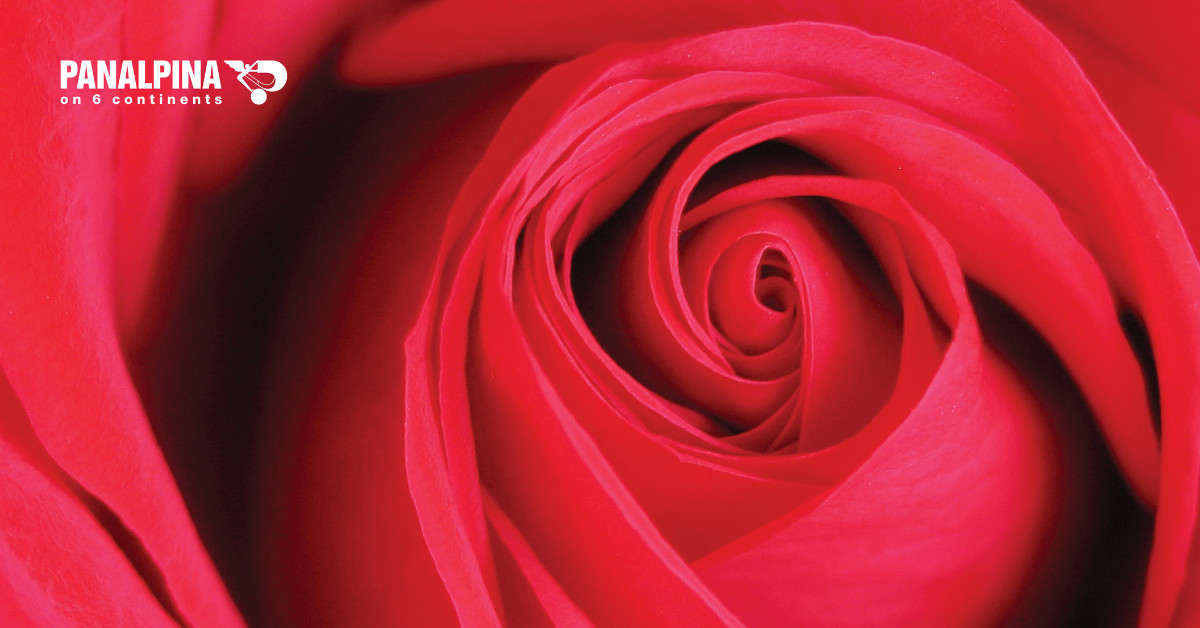
Fresh focus | Why are flowers so special?
There’s no limit to what is produced out there, but some products steal the show. Take flowers for example.
Flowers decorate our lives, we use them in nearly every special occasion… Who doesn’t love flowers?
Product 0603 in the International Trade Center TradeMap, or as they put it: ‘Cut flowers and flower buds of a kind suitable for bouquets or for ornamental purposes, fresh, dried, dyed, bleached, impregnated or otherwise prepared.’
Sure, it’s a product, but it’s a very nuanced one. And if you look closely at Ecuador, you get a good picture why.
Bienvenidos a Ecuador
Only a couple of weeks ago I was in Quito attending two trade shows focused on flowers, Agriflor, and Expoflor Ecuador. Despite being ranked 69th on the world stage in terms of population, Ecuador is the world’s third largest exporter of cut flowers.
Ecuador is so biologically diverse that all sorts of species of plants and flowers grow there. There are around 4,000 species of orchids in Ecuador, including the smallest in the world, which was discovered nestled in the roots of another flower.
Ecuador exports many types of cut flowers, the majority of which are roses – they make up 75% of the country’s flower exports.
At Panalpina we fly out numerous varieties of Ecuadorian roses on a daily basis, although we don’t come close to the nearly 500 varieties Ecuador grows!
Ecuador has four geographical regions, three inland – La Costa, La Sierra, and El Oriente; and one insular – Las Galapagos. Each region has its own climate ranging from tropical along the coast and in the Amazonian lowlands to subtropical highland climate where flowers and plants have evolved differently.
The Equator takes its name from Ecuador. For flowers, this means they receive constant natural light for hours every day, all year round, which reduces the need for artificial illumination. And there’s no stark contrasts between seasons.
All this together with the high altitude of the Andes means roses get big and colorful. Most flower plantations in the country sit between 2,800 and 3,000 meters (9,200-9,800 feet) above sea level.
Roses that grow at altitude have a longer growing cycle (around 15 weeks) than those cultivated at sea level (around 8 weeks), which is ideal for long-stemmed varieties with big heads.
And the cold nights mean that you get a lot of bicolors with contrasting hues on the edges and the insides of petals.
As I said, flowers are a very nuanced product!
Let’s now take a look at the world map of imports and exports of “Product 0603”:
(Credit: International Trade Center TradeMap)
So how to transport roses and what makes the difference when shipping flowers?
Roses, like many other flowers, for international transport are packed in corrugated boxes with holes for breathing. Depending on the variety, the packaging box, etc. Most flower shipments are volumetric.
Global footprint, expertise, and high volume in flower production countries are key.
Being among the leading perishables logistics providers and having the capability to bring in flowers from Ecuador, Colombia, and Kenya, to Amsterdam or Frankfurt, for example, consolidate and ship them by truck to final destination 4-5 days away all out of one hand helps, of course.
Overland, this can be Northern, Southern, or Eastern Europe; all are easily reachable. By air, you name it, we fly there too. At Panalpina we’re enablers. One contact, one company, any point in the map.
Maintaining the cold chain is essential too. This is why cooling capability at transit points is so important. If the cold chain has been broken due to an eventuality during loading, for example, you need to be able to bring the product back to the adequate temperature (2-4 degrees Celsius in the case of roses).
From precise and careful handling to intact cold chain and timely arrival to market in perfect conditions, our priority is to offer a consistent high-level service (always!) with the ability to react to change and handle exception.
This is why I work as Regional Head of Perishables Americas at Panalpina, where I can connect all the dots with end-to-end solutions for perishables from the Americas to the world and back.
Speaking of which, I’ll be at IFTF in the Netherlands next month with the Panalpina Perishables Network. Get in touch, let’s talk flowers.
What’s your favorite flower?
You may have guessed what my favorite flower is. What's yours? Leave me a comment below if you’d like me to write about other varieties or other perishables.
For now I’ll leave you with one of my favorite photos from the Ecuador shows. You can see more here.



--
5yGreat read.
ICSM Operations Manager
5yGreat piece Markus my favourite flower has to be Vuvuzela rose grown by Oserian in Kenya
Senior Manager
5yInteresting article. Congrats
Coordenador Administrativo
5yI'm proud from equatorian roses, I use to work with those shipments, they're very beauty! Make me remind those days!
Sr. Manager Communications | Digital Strategy & Governance
5yCan't go wrong with a rose!